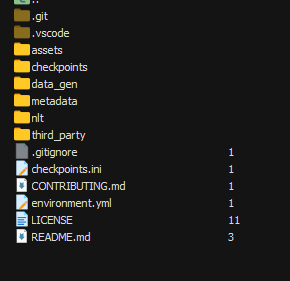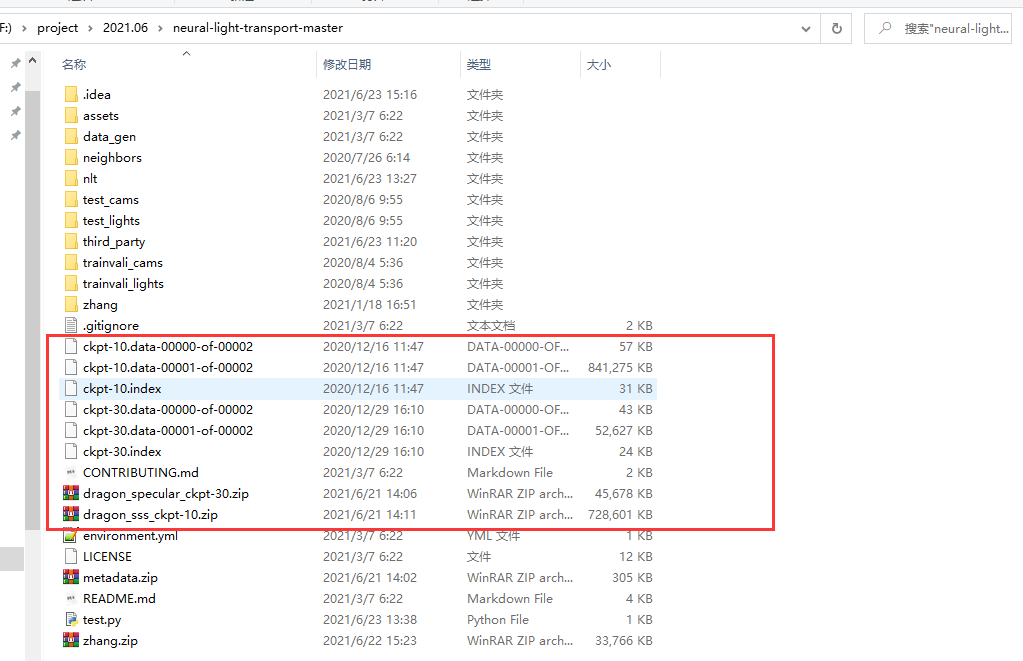ACM Transactions on Graphics 2021
This is the authors' code release for:
Neural Light Transport for Relighting and View Synthesis
Xiuming Zhang, Sean Fanello, Yun-Ta Tsai, Tiancheng Sun, Tianfan Xue, Rohit Pandey, Sergio Orts-Escolano, Philip Davidson, Christoph Rhemann, Paul Debevec, Jonathan T. Barron, Ravi Ramamoorthi, William T. Freeman
TOG 2021
in which we show how to train neural networks to perform simultaneous relighting and view sythesis, exhibiting complex light transport effects (such as specularity, subsurface scattering, global illumination, and etc.):
| Dragon (specular) | Dragon (subsurface scattering) |
|---|---|
 |
 |
This repository contains our rendered data, the code that rendered those data, and TensorFlow 2 (eager) code for training and testing NLT models.
If you use this repository or find it useful, please cite the paper (BibTeX).
This is not an officially supported Google product.
The UV texture space formulation is most useful when views vary. If you are doing relighting from a fixed viewpoint, you can simply skip mapping between the camera and UV spaces. That is, you can just treat the camera-space ("normal-looking") images as UV-unwrapped ones. Intuitively, this is equivalent to using an identity mapping as UV (un)wrapping.
If you do not care about simultaneous relighting and view synthesis, you can simply use a "slice" of the released data. For instance, if you are doing just view synthesis, then you can fix lighting by training on just the multi-view data under that lighting condition.
If you are rendering your own scene (see the data generation folder), use a single JSON path with no wildcard to fix the view or light.
We provide both our rendered data and the scripts, so that you can either just use our data or render your own Blender scenes.
See "Downloads -> Metadata" of the project page.
See "Downloads -> Rendered Data" of the project page.
Blender 2.78c is used for scene modeling and rendering. The code was tested on Ubuntu 16.04.6 and 18.04.3 LTS, but should work with other reasonable OS versions.
See the data generation folder and its own README.
We use TensorFlow 2 (eager execution) for neural network training and testing. The code was tested on Ubuntu 16.04.6 LTS, but should work with other reasonable TensorFlow or OS versions.
See the training and testing folder and its own README.
See "Downloads -> Pre-Trained Models" of the project page.
If the issue is code-related, please open an issue here.
For questions, please also consider opening an issue as it may benefit future reader. Otherwise, email Xiuming Zhang.
- 01/05/2021: See the 01/07/2021 commits; v3 paper and video (TOG camera-ready ver.).
- 08/20/2020: Updated the paper and the video.
- 08/07/2020: Initial release.













